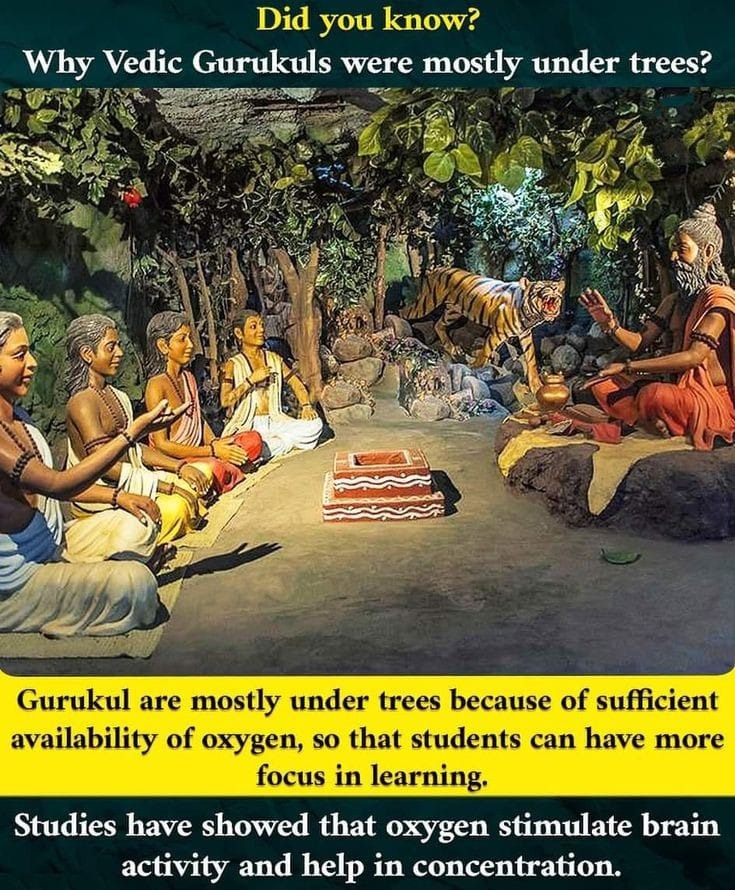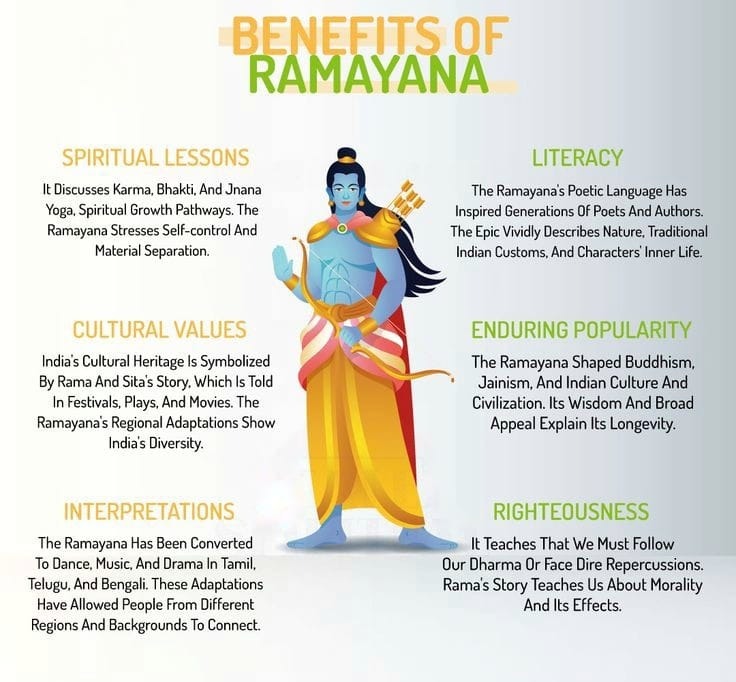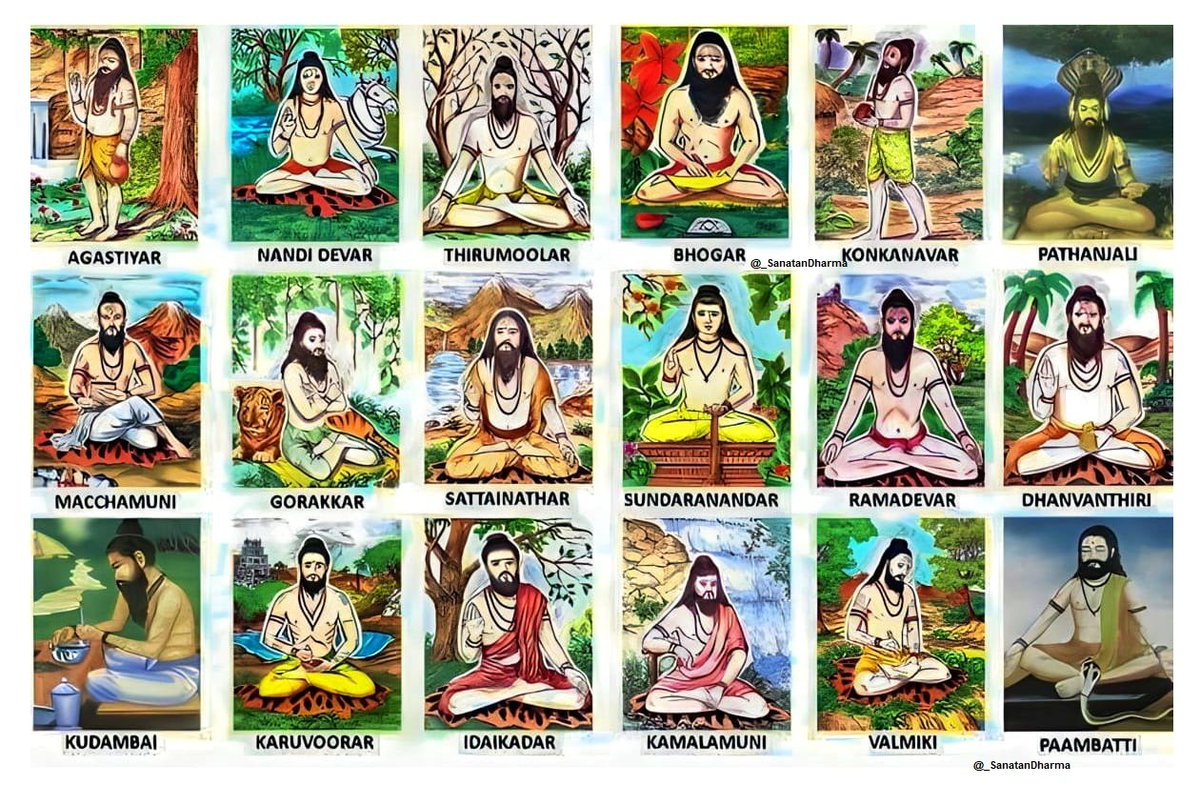Ever wondered why Vedic Gurukuls were mostly under trees?
Not in buildings.
Not in classrooms.
But under the vast sky, surrounded by nature.
🧵#Thread This wasn’t by chance. It was ancient wisdom backed by what science is now beginning to understand. 👇
Not in buildings.
Not in classrooms.
But under the vast sky, surrounded by nature.
🧵#Thread This wasn’t by chance. It was ancient wisdom backed by what science is now beginning to understand. 👇

2. In the Vedic era, knowledge was sacred.
And where was it imparted?
Under Peepal, Banyan, Neem, and Ashvattha trees.
Why?
Because trees don’t just give shade-They give life.
And where was it imparted?
Under Peepal, Banyan, Neem, and Ashvattha trees.
Why?
Because trees don’t just give shade-They give life.
3. Oxygen-Rich Environment-Better Brain Function Vedic Rishis knew this intuitively.
Modern science now confirms:
Oxygen improves focus
Enhances memory
Stimulates neural activity
Reduces mental fatigue
Learning under trees-Learning at your best.
Modern science now confirms:
Oxygen improves focus
Enhances memory
Stimulates neural activity
Reduces mental fatigue
Learning under trees-Learning at your best.
4.Studies show that oxygen activates the prefrontal cortex-the center of learning, decision-making, and creativity.
More oxygen-more attention span
Less stress-deeper learning
Better retention-smarter minds
And Vedic Gurukuls used nature to their advantage.
More oxygen-more attention span
Less stress-deeper learning
Better retention-smarter minds
And Vedic Gurukuls used nature to their advantage.
5. Trees as Teachers
They taught:
Stillness in chaos
Patience in growth
Strength in roots
Balance in life
Learning under trees wasn’t just healthy-It was symbolic.
It connected the student to the universe.
They taught:
Stillness in chaos
Patience in growth
Strength in roots
Balance in life
Learning under trees wasn’t just healthy-It was symbolic.
It connected the student to the universe.
6. Imagine this:
You’re sitting cross-legged under a 100-year-old tree.
The breeze is gentle.
The birds are your background music.
And your teacher recites the Vedas.
That’s not just a class-That’s a spiritual experience.
You’re sitting cross-legged under a 100-year-old tree.
The breeze is gentle.
The birds are your background music.
And your teacher recites the Vedas.
That’s not just a class-That’s a spiritual experience.
7. The Gurukul system focused on holistic education:
Wisdom, not just information
Life skills, not just exams
Connection with nature, not disconnection from reality
It made minds sharper.
And hearts, wiser.
Wisdom, not just information
Life skills, not just exams
Connection with nature, not disconnection from reality
It made minds sharper.
And hearts, wiser.
8. Fast forward to today:
Fluorescent lights
Air conditioning
Screen fatigue
Closed rooms
And we wonder why attention spans are shrinking and anxiety is rising.
The ancient system was way ahead of its time.
Fluorescent lights
Air conditioning
Screen fatigue
Closed rooms
And we wonder why attention spans are shrinking and anxiety is rising.
The ancient system was way ahead of its time.
9. Want to boost your focus naturally?
Try this:
Read under a tree for 30 mins a day
Study near plants
Practice breathwork (Pranayama) outdoors
Walk barefoot on grass after sunrise
Your ancestors did it.
And it worked.
Try this:
Read under a tree for 30 mins a day
Study near plants
Practice breathwork (Pranayama) outdoors
Walk barefoot on grass after sunrise
Your ancestors did it.
And it worked.
10."वृक्षो रक्षति रक्षितः"-Protect the tree, and it will protect you.
Our Vedic Gurus knew the science of the soul.
Let’s bring that wisdom back-In our learning, in our living, in our legacy.
Our Vedic Gurus knew the science of the soul.
Let’s bring that wisdom back-In our learning, in our living, in our legacy.
11. If you found this beautiful,
🔁Repost this thread to share forgotten wisdom.
🤝 Follow @_SanatanDharma for more ancient knowledge, health, and science threads that connect past with present.
🔁Repost this thread to share forgotten wisdom.
🤝 Follow @_SanatanDharma for more ancient knowledge, health, and science threads that connect past with present.
• • •
Missing some Tweet in this thread? You can try to
force a refresh










